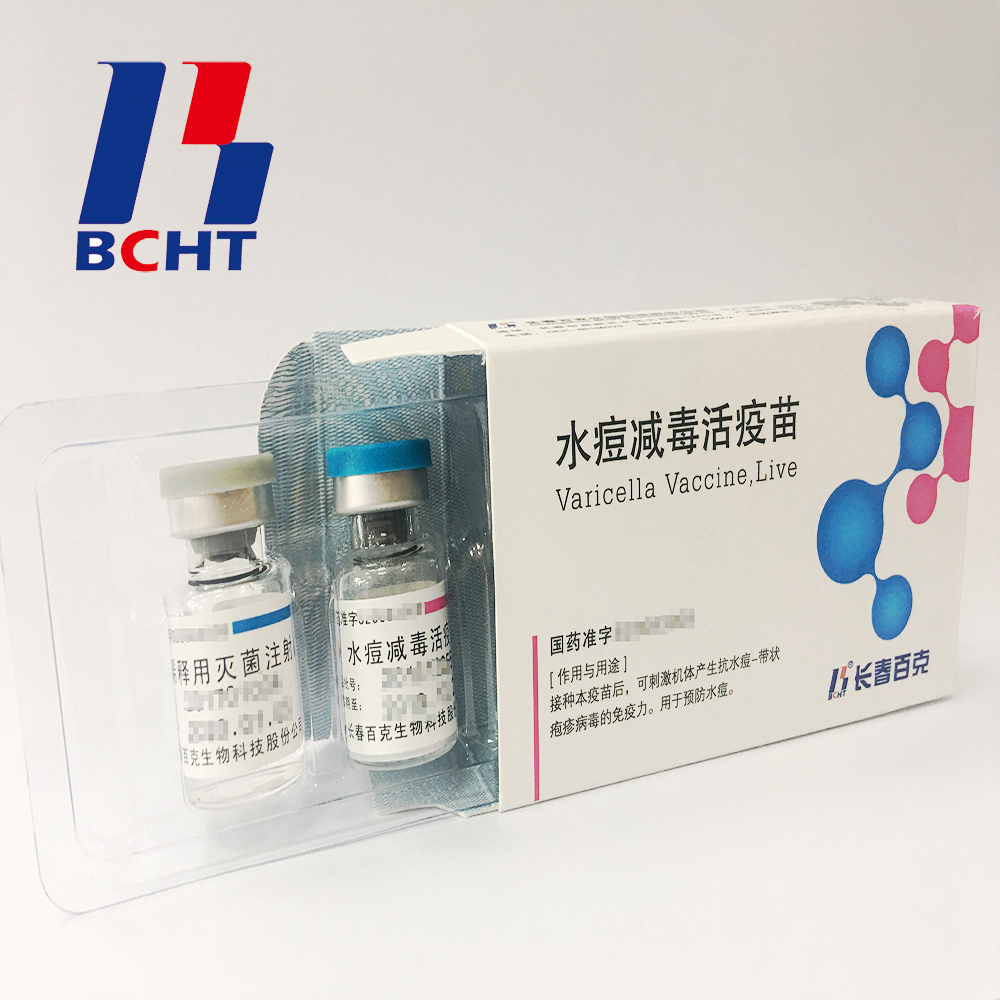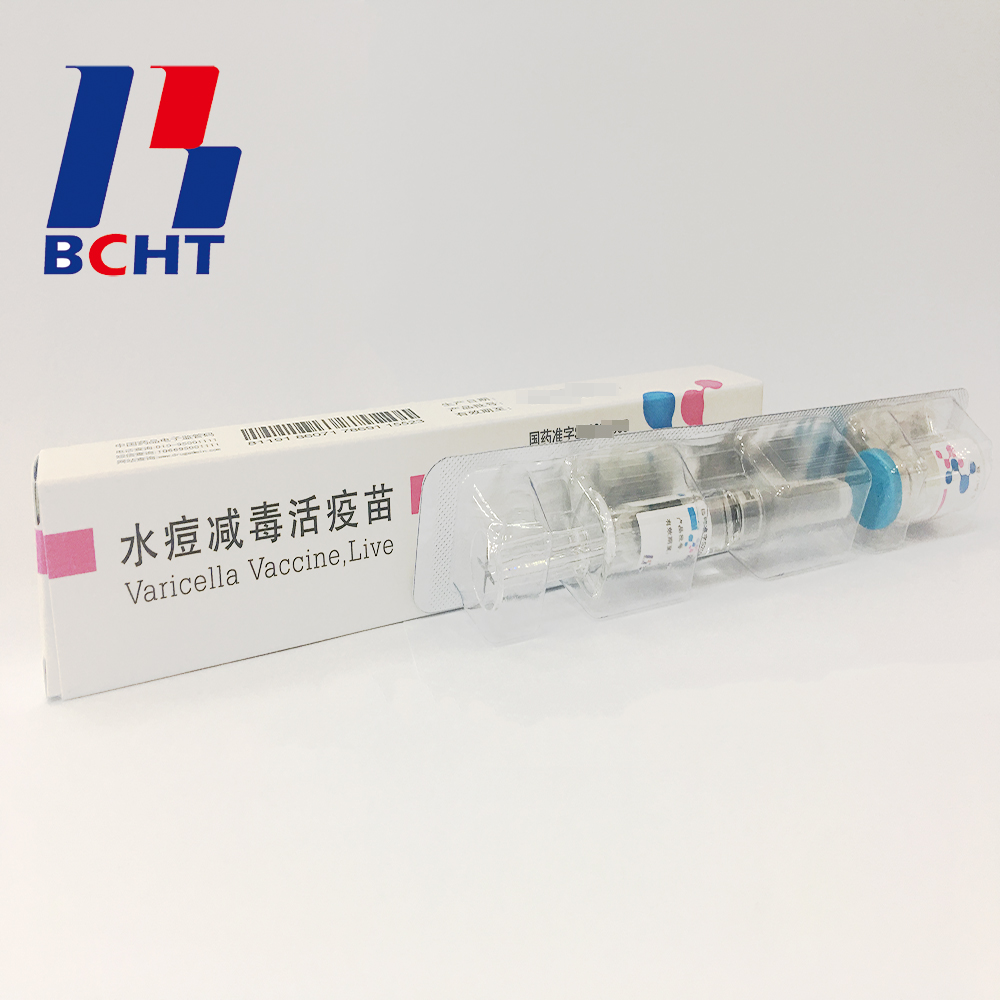A young duck is a medium-sized duck, which refers to a 30-day to 70-day-old young duck. At this stage, the duck grows fastest, requires more nutrients, has improved digestive abilities and adaptability to the external environment, and generally adopts captive breeding.
First, the grouping and density of captive ducks
The size of the young ducks may be limited, but the composition of each duck group should not be too large, with 300 to 500 animals being appropriate. Grouping should be consistent in size, age, species, and gender.
The rearing density varies with the age, season and temperature of the duck. Usually 20 to 12 per square meter from 4 weeks to 10 weeks of age, 12 to 8 per square meter from 11 weeks to 20 weeks of age. In winter, the temperature is low and the density is appropriate. In summer, the temperature is high and the density should be smaller. The density of fast growth is appropriately smaller, and the density of slow growth is appropriate.
Second, the feed for captive ducks
Captive young ducks, because they do not eat any green feed, should be supplied with mixed feeds to meet their growing needs. Feeds should be diversified as much as possible to maintain the balance of energy and protein, so that sulphur-containing amino acids, vitamins, and minerals all have sufficient sources in the diet. Gradual increase of grain, bran, pancake feed and animal protein can be achieved. (such as fishmeal, clams, quail) and so on. 40% powder 40%, corn 20%, bran 15%, shell powder 5%, rapeseed cake 10% and fish meal 10% feed formula can be used. In addition, sand grains with a diameter of 0.2 cm to 0.4 cm should be placed in the duck house to enhance digestion and reduce mental consumption.
During the breeding period, young ducks do not need too much protein in their diets, and their calcium content must also be suitable. Since breeding ducks have not yet established a perfect feeding standard, depending on the specific conditions of growth and development, it is necessary to increase or decrease the necessary nutrients. Such as egg-type varieties, the normal opening date is 130 days to 150 days, the standard opening weight of 1400 grams to 1500 grams. If the weight exceeds 1500 grams, it is considered too large, and the feed should be lightly limited, and more green feed and roughage should be added. For poorly developed and light-weight ducks, the amount of feeding should be appropriately increased, and the average daily feed should be about 150 grams per day. In addition, add a small amount of animal fresh feed, feeding 3 times to 4 times a day. The interval between feedings should be as equal as possible to avoid food inequality during feeding.
Third, the management of captive young ducks
1. The duck house should be cleaned and regularly sterilized. The duck house should be cool in winter, cool in summer, well ventilated and kept clean and dry. Drinking utensils and drinking fountains should be cleaned once a day, and duck houses are regularly sterilized.
2. Appropriately strengthen the exercise, promote the development of duck bones and muscles, prevent excessive fat. Every day, the ducks are rushed to exercise in the house, each time for 5 minutes to 8 minutes, 2 times to 3 times a day. Conditions can be used for short-distance, short-term grazing.
3. More contact with ducks, raise the guts of ducks and prevent frightening herds. The ducklings of the young ducklings are small, and the eggs are particularly sensitive to breeder nerves. Should use feeding, water feeding, grass exchange and other opportunities to contact more ducks, consciously raise the guts of ducks, so as to avoid being approached by strangers or when the environment changes, causing alarm and causing serious losses.
4. Strengthen the prevention of infectious diseases. There are two main infectious diseases of young ducks: cholera and duck plague. The general immunization procedure is: 60 days old to 70 days old injection of avian cholera vaccine, 100 days before the next injection of a bird flu vaccine, 70 days to 80 days old injection duck plague vaccine. For ducks that have only 1 year of feeding, they can be injected once, once every 2 years, and once a year.
5. Low-light lighting, overnight lighting. Young ducks are usually grown without strong lighting. Standard daylight hours should be stable at 8 hours to 10 hours per day, and they should not increase until they are opened. Generally, 1 ç› 15 watt bulbs are installed for every 30 square meters. When a blackout occurs, candles or kerosene lamps (with hoods) should be lit immediately to avoid causing panic and death.
6. Establish a stable system of work and rest. The living environment of the captive ducks is more stable than that of the stocking ducks, and it is necessary to make a regular schedule according to the habits of the ducks. After the formation of the rest and maintenance system, it should be as stable as possible, and no special circumstances should be changed.
Finished Products of varicella vaccine. It has three qualities,good safety of gelatin-free, long validity period by good stability, better protection with high titer and immune efficacy. These improvements enhanced the vaccine safety and quality, and established BCHT the leading position in varicella vaccine. We have two different packages, penicillin bottle and pre-filled syringe. And it has been exported to other countries, such as India, Philippines.


Finished Products
Finished Products Of Rabies Vaccine,Rabies Vaccine For Human Use,Live Biotechnology Chicken Pox,Live Lyophilized Vaccination
Changchun BCHT Biotechnology Co. , https://www.ccbcht.com